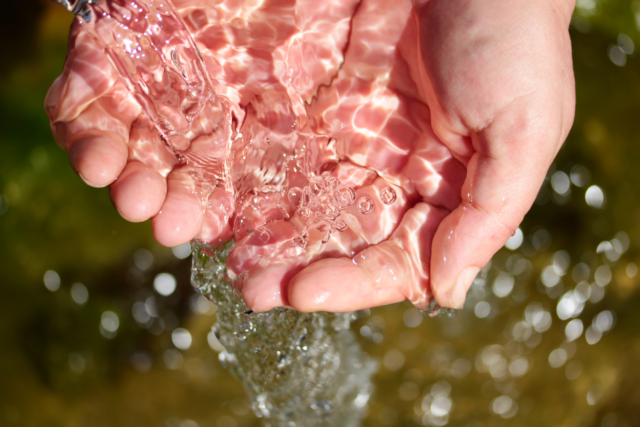AI and Water Treatment
Most people by now are familiar with artificial intelligence writing and data analysis tools like ChatGPT, even if they haven’t used it themselves, but AI is also making a splash in industrial jobs as well. You may be surprised to know that the integration of AI into water treatment facilities is already transforming the industry. No longer a fictitious foe for a science fiction plot, AI now promises to provide solutions to some of the most pressing challenges faced by water treatment professionals today.
AI has already made significant inroads into daily operations within the water treatment industry. One of the most prominent applications is in the optimization of treatment processes. Machine learning algorithms can analyze vast datasets, identifying patterns that human operators might miss. This capability allows for the adjustment of chemical dosing in real-time, minimizing waste and improving treatment efficacy.
Moreover, AI is instrumental in predictive maintenance. By monitoring the performance data from equipment, AI can predict when a pump might fail or when a filter needs replacement before it causes a system-wide issue. This not only prevents downtime but also extends the lifespan of critical infrastructure.
AI’s role in monitoring water quality is perhaps one of its most crucial applications. Sophisticated sensors coupled with AI algorithms are being used to detect contaminants at levels previously undetectable. This technology provides an unprecedented level of detail about water composition, enabling treatment plants to respond to issues swiftly and effectively.As AI technology advances, its potential applications within water treatment continue to grow. One emerging area is the use of AI in managing water distribution networks. AI systems can optimize the flow of water throughout these networks, reducing energy consumption and ensuring that water pressure remains consistent across all service areas.
Another exciting development is the use of AI-driven robotics for underwater inspections and repairs. These AI-assisted robots can perform tasks in environments that are hazardous to human divers, such as in toxic water conditions or in areas with restricted access, largely reducing the risks of human operators in emergency scenarios. Furthermore, AI is being leveraged to tackle the global issue of water scarcity. Through advanced data analytics, AI helps in water loss management by detecting leaks and anomalies in the system that human surveillance might not capture.
While the benefits are substantial, integrating AI into water treatment systems is not without its challenges. One concern that has reared its head in recent months is cybersecurity. As water treatment plants become more connected, the potential for cyberattacks increases. Ensuring that AI systems are secure from such threats is paramount. Another consideration is the fiscal cost. While AI can save money in the long run, the initial investment can be draining to smaller operations.
Additionally, there is a need for skilled personnel who can manage and interpret AI systems. This necessitates ongoing education and training for water treatment professionals to keep pace with technological advancements.
In the water treatment industry, artificial intelligence is no longer just a futuristic concept; it’s a present-day reality. With its ability to analyze and learn from data, AI is helping professionals make smarter decisions, reduce costs, and improve water quality. As the technology continues to evolve, so will its applications, offering new tools to address the growing demand for clean and safe water worldwide AI offers a wellspring of opportunities for water treatment professionals.
Sources: WSP, Nature, Science Direct, Auto Desk











